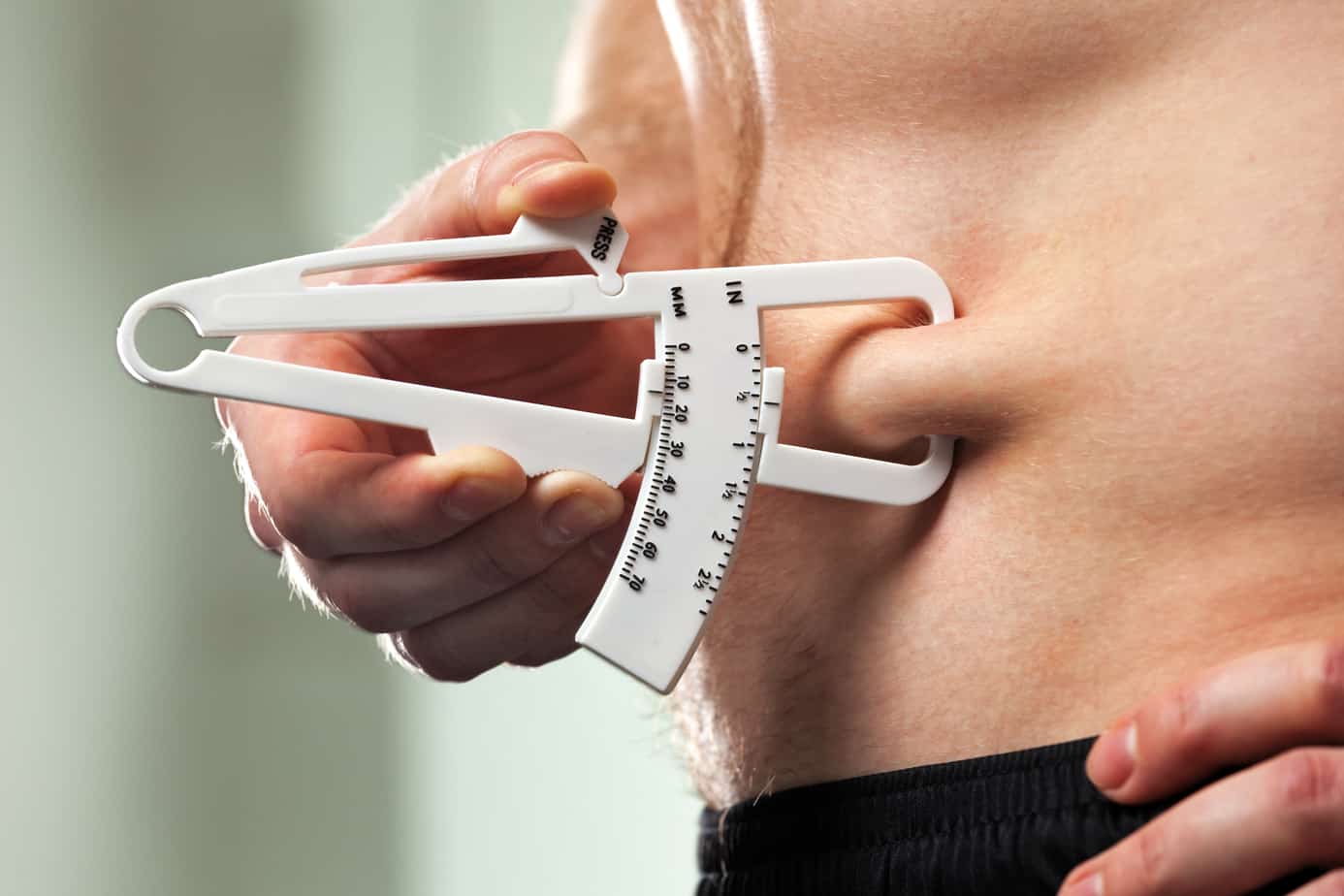

Articles
How Accurate Are Skinfold Calipers
Modified: December 7, 2023
Learn about the accuracy of skinfold calipers in measuring body fat in this informative article. Discover the reliability and limitations of this popular technique.
(Many of the links in this article redirect to a specific reviewed product. Your purchase of these products through affiliate links helps to generate commission for Storables.com, at no extra cost. Learn more)
Introduction
Skinfold calipers are a commonly used tool in the field of fitness and body composition assessment. They provide a quick and non-invasive method of estimating body fat percentage by measuring the thickness of subcutaneous fat at specific sites on the body. This measurement is then used to calculate the overall body fat percentage.
The accuracy of skinfold calipers has been a topic of debate among health professionals and researchers. While they are widely used and considered a practical tool for estimating body fat percentage, there are certain factors that can affect their accuracy. It is important to understand these factors and their impact on the reliability of the measurements obtained from skinfold calipers.
In this article, we will discuss what skinfold calipers are, how they work, the factors affecting their accuracy, and the findings from various studies and research conducted on their reliability. We will also explore the limitations of skinfold calipers to provide a comprehensive understanding of their effectiveness in body composition assessment.
Key Takeaways:
- Skinfold calipers offer a practical and accessible method for estimating body fat percentage, but their accuracy can be influenced by factors such as operator technique, measurement site precision, and individual variations.
- Despite their limitations, skinfold calipers provide a reasonably accurate estimation of body fat percentage when used correctly. They are valuable for monitoring changes in body composition and offer a non-invasive and cost-effective assessment method.
Read more: How Accurate Are Digital Calipers
What Are Skinfold Calipers
Skinfold calipers are handheld devices that are specifically designed to measure the thickness of subcutaneous fat in various areas of the body. These areas typically include the triceps, biceps, subscapular, and suprailiac sites, among others. The calipers consist of two arms or jaws that are used to pinch the skin and underlying fat layer.
The skinfold thickness measurement obtained using the calipers is then used in mathematical equations, such as the Jackson-Pollock or Durnin-Womersley equations, to estimate the overall body fat percentage. The basic principle behind these equations is that the thickness of the skinfold is proportional to the amount of subcutaneous fat beneath it.
Skinfold calipers come in different models and designs, but they all function similarly. They are typically made from metal or plastic and have a spring-loaded mechanism that allows the jaws to close and exert a specific amount of pressure on the skinfold. The pressure applied should be enough to pinch the skin and underlying fat, but not so much that it causes discomfort or pain to the individual being measured.
In addition to the caliper itself, the accuracy of the measurements also depends on the technique used by the person administering the test. The technique involves identifying the correct measurement sites, ensuring proper positioning of the calipers, and consistently applying the same amount of pressure during each measurement.
Skincare is essential during skinfold caliper measurements. The skin should be clean, dry, and free from any lotions or oils that can affect the gripping strength of the calipers. Shaving excessive hair in the measurement sites may also be necessary to ensure accurate results.
How Do Skinfold Calipers Work
Skinfold calipers work by measuring the thickness of the subcutaneous fat layer, which is the fat that sits just beneath the skin. The measurements obtained from specific sites on the body are used to estimate the overall body fat percentage.
The process begins with the person being measured assuming a relaxed and comfortable posture. The selected measurement sites are often determined by standardized protocols, such as those defined by the International Society for the Advancement of Kinanthropometry (ISAK).
Once the measurement sites are identified, the person administering the test uses the skinfold calipers to pinch the skin and underlying fat in a vertical fold. The jaws of the calipers are placed directly on the site, ensuring a perpendicular angle to the fold. The measurement is taken after pinching the skin and waiting for it to stabilize within 1-2 seconds.
It is crucial to position the calipers correctly, ensuring that only the subcutaneous fat is grasped and measured. The measurement site should be marked consistently for accurate data collection and validation during subsequent measurements. Multiple measurements are typically taken at each measurement site to ensure reliability and repeatability.
Once the skinfold measurements are obtained, they are entered into formulas or equations that estimate body fat percentage. The most commonly used equations are the Jackson-Pollock and Durnin-Womersley equations, which consider the individual’s age, gender, and the sum of the skinfold measurements from various sites.
It is important to note that skinfold calipers provide an estimation of body fat percentage, and the actual accuracy can vary based on several factors. These factors include the skill of the person administering the test, the location and precision of the measurement sites, and the equation used to calculate the body fat percentage.
While skinfold calipers can provide a practical and non-invasive method of estimating body fat percentage, they are not as precise as more advanced techniques such as dual-energy x-ray absorptiometry (DEXA) or underwater weighing. However, skinfold calipers are still widely used because they are relatively inexpensive, easily accessible, and provide a reasonable estimation of body fat percentage for most individuals.
Factors Affecting Accuracy of Skinfold Calipers
The accuracy of skinfold calipers in estimating body fat percentage can be influenced by several factors. It’s important to understand these factors to ensure reliable and accurate measurements. Here are some of the key factors:
1. Operator Technique and Skill: The skill and experience of the person administering the skinfold measurement can significantly impact its accuracy. Inaccurate pinching, inconsistent pressure, or improper positioning of the calipers can lead to measurement errors and unreliable results. Proper training and practice are necessary to ensure consistent and precise measurements.
2. Measurement Site Selection: Selecting the appropriate measurement sites is crucial for accurate results. The chosen sites should be representative of the overall body fat distribution. Standardized protocols, such as those established by ISAK, provide guidelines for identifying valid measurement sites to ensure consistency.
3. Measurement Site Precision: The precision in selecting and consistently marking the measurement sites is important. Small variations in the location of the measurement site can lead to differences in the skinfold thickness measured and, subsequently, the estimated body fat percentage.
4. Body Fat Distribution: The distribution of subcutaneous fat can differ among individuals. Skinfold calipers may provide less accurate estimations for individuals with uneven fat distribution. In such cases, it may be necessary to use additional measurement sites or utilize other body composition assessment methods for more accurate results.
5. Age and Gender: Age and gender differences can affect the accuracy of skinfold caliper measurements. Studies have shown that the equations used to estimate body fat percentage may need to be adjusted for different age groups and genders to improve accuracy. It is important to consider these factors when interpreting the results.
6. Hydration Status: The hydration level of an individual can impact the accuracy of skinfold caliper measurements. Changes in hydration status can affect the thickness and elasticity of the skin, leading to variations in the skinfold measurements. It is advisable to ensure consistent hydration conditions during repeated measurements.
7. Adiposity Level: The level of body fatness can also affect the accuracy of skinfold caliper measurements. Extremely lean or obese individuals may present challenges in accurately measuring the skinfold thickness. In these cases, alternative body composition assessment methods may be more suitable.
It is important to note that while skinfold calipers can provide a reasonable estimation of body fat percentage for most individuals, they may not provide the same level of accuracy as more advanced techniques, such as DEXA or underwater weighing. Considering these factors and acknowledging the limitations of skinfold calipers can help ensure more reliable measurements.
When using skinfold calipers, ensure that the same technician takes the measurements each time for consistency. Also, take multiple measurements at each site and calculate the average for better accuracy.
Studies and Research on the Accuracy of Skinfold Calipers
Over the years, numerous studies and research have been conducted to evaluate the accuracy and reliability of skinfold calipers in estimating body fat percentage. While results vary slightly, overall, skinfold calipers are considered to provide a reasonably accurate estimation of body fat percentage when used correctly. Here are some key findings from these studies:
1. Comparisons with Gold Standard Methods: Several studies have compared skinfold caliper measurements with gold standard methods such as dual-energy x-ray absorptiometry (DEXA) or underwater weighing. These studies have found that skinfold calipers generally provide reasonably accurate estimations of body fat percentage, with correlations ranging from 0.70 to 0.90.
2. Inter- and Intra-Rater Reliability: Studies have assessed the reliability of skinfold calipers by examining the consistency of measurements between different raters (inter-rater reliability) and repeated measurements by the same rater (intra-rater reliability). Overall, high levels of reliability have been reported, indicating that skinfold caliper measurements can be consistently reproduced when performed by trained and experienced individuals.
3. Effects of Experience and Training: Research has shown that the accuracy of skinfold caliper measurements improves with the level of experience and training of the operator. Studies have found that individuals who receive proper training and demonstrate good technique achieve higher accuracy in measurements compared to those without training.
4. Validity across Populations: Studies have assessed the validity of skinfold calipers in various populations, including athletes, older adults, and individuals with different body sizes and shapes. Overall, skinfold calipers have been found to provide reasonably accurate estimations of body fat percentage across different populations, although variations may exist based on specific characteristics.
5. Impact of Equations: Researchers have examined the accuracy of different equations used with skinfold caliper measurements to estimate body fat percentage. Many studies have reported similar accuracy between different equations, affirming that the selection of an appropriate equation does not significantly impact the overall reliability of skinfold calipers.
6. Limitations and Individual Variation: While skinfold calipers are generally regarded as a reliable method, it is important to acknowledge that there can be individual variations in the accuracy of measurements. Factors such as age, gender, body fat distribution, and adiposity level can impact the accuracy. Additionally, skinfold calipers may provide less accurate results in extremely lean or obese individuals.
It is worth noting that the accuracy of skinfold caliper measurements can be influenced by several factors, as discussed earlier. To ensure the most accurate results, it is recommended that measurements be performed by trained professionals using standardized protocols and appropriate techniques.
Overall, the findings from studies and research suggest that skinfold calipers can provide a reasonably accurate estimation of body fat percentage when used correctly and considering the limitations associated with this method.
Read more: How To Use Accu Measure Skinfold Calipers
Limitations of Skinfold Calipers
While skinfold calipers are a widely used and practical tool for estimating body fat percentage, it is important to recognize their limitations. Understanding these limitations can help interpret the results accurately and make informed decisions. Here are some key limitations of skinfold calipers:
1. Subcutaneous Fat Measurement Only: Skinfold calipers measure the thickness of the subcutaneous fat layer, which is the fat directly beneath the skin. They do not account for internal or visceral fat, which can be an important component of overall body composition and health.
2. Measurement Sites and Precision: Selecting the appropriate measurement sites and ensuring precise placement of the calipers is crucial for accurate results. However, slight variations in the location or pressure applied can affect the measurements, leading to potential inaccuracies.
3. Operator Technique and Experience: The accuracy of skinfold caliper measurements is heavily dependent on the skill and experience of the individual performing the measurement. Inconsistent pinching, improper positioning, or insufficient training can result in measurement errors and unreliable results.
4. Population and Ethnic Variations: The accuracy of skinfold calipers may vary across different populations and ethnicities due to differences in subcutaneous fat distribution. Equations used in estimating body fat percentage may not be universally applicable, leading to potential inaccuracies in certain populations.
5. Body Fat Distribution: Skinfold calipers assume that the subcutaneous fat is evenly distributed throughout the body. However, body fat distribution can vary widely among individuals, with some people having more fat concentrated in certain areas. This can lead to inaccurate estimations if the caliper sites do not represent the individual’s specific fat distribution pattern.
6. Individual Differences: Factors such as hydration status, age, gender, and adiposity level can impact the accuracy of skinfold caliper measurements. Extremely lean or obese individuals may present challenges in accurately measuring the skinfold thickness, potentially affecting the reliability of the results.
7. Estimation of Total Body Fat: Skinfold calipers estimate body fat percentage based on specific measurement sites and equations. While they provide a reasonable estimation, they do not provide a comprehensive assessment of total body fat or account for variations in fat distribution in different body regions.
8. Comparison to Gold Standard Methods: Although skinfold calipers are commonly used, they are not as precise as more advanced techniques such as dual-energy x-ray absorptiometry (DEXA) or underwater weighing, which are considered gold standards in body composition assessment. Skinfold calipers may provide slightly different results compared to these methods.
Despite these limitations, skinfold calipers remain a valuable tool for estimating body fat percentage for individuals of average body composition. When used correctly and in consideration of the factors mentioned above, they can provide a reasonable estimation of body fat percentage and serve as a cost-effective and accessible method for body composition assessment.
Conclusion
Skinfold calipers are a practical and commonly used tool for estimating body fat percentage. They provide a non-invasive and relatively inexpensive method of assessing body composition. While skinfold calipers have their limitations, they offer a reasonable estimation of body fat percentage when used correctly and considering the factors that can affect their accuracy.
Understanding how skinfold calipers work, including the proper technique and measurement site selection, is crucial for obtaining reliable results. Additionally, factors such as operator experience, population and ethnic variations, and individual differences should be taken into account to ensure accurate interpretations of the measurements obtained.
Studies and research have shown that skinfold calipers generally provide reasonably accurate estimations of body fat percentage when compared to gold standard methods. However, it is important to acknowledge that they may not be as precise as more advanced techniques, especially in extreme cases of thinness or obesity.
Despite their limitations, skinfold calipers continue to be widely used due to their accessibility and practicality. They offer a convenient and non-invasive way to monitor changes in body composition over time, making them valuable for individuals, fitness professionals, and researchers.
It is important to note that the estimation of body fat percentage is just one aspect of understanding overall health and body composition. Other factors, such as muscle mass, bone density, and overall fitness, should also be considered in conjunction with body fat percentage.
In conclusion, when used correctly and considering their limitations, skinfold calipers can provide a reasonable estimation of body fat percentage. They should be used as part of a comprehensive approach towards assessing body composition and should be interpreted in conjunction with other measurements and indicators of health and fitness.
Frequently Asked Questions about How Accurate Are Skinfold Calipers
Was this page helpful?
At Storables.com, we guarantee accurate and reliable information. Our content, validated by Expert Board Contributors, is crafted following stringent Editorial Policies. We're committed to providing you with well-researched, expert-backed insights for all your informational needs.



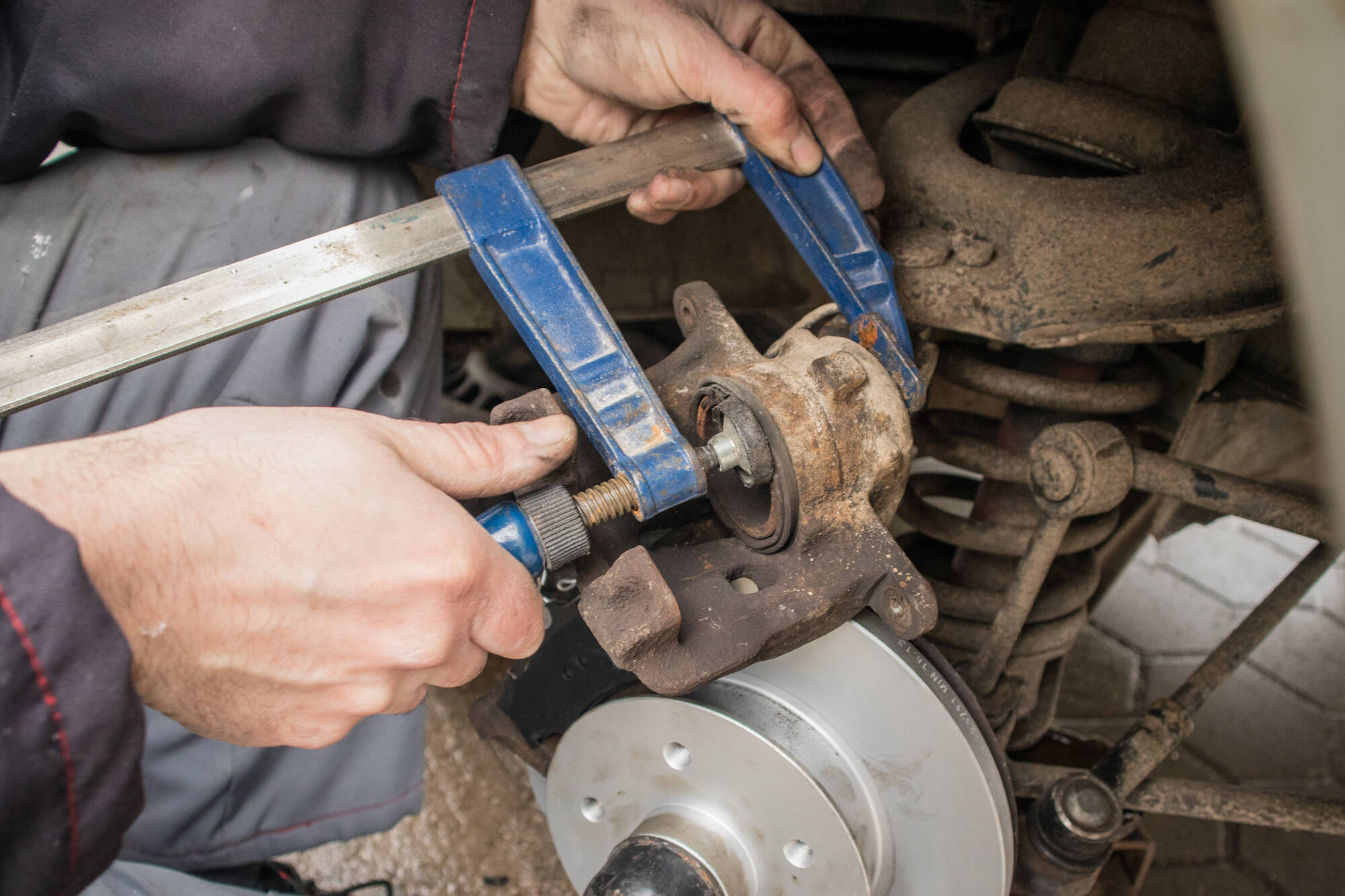
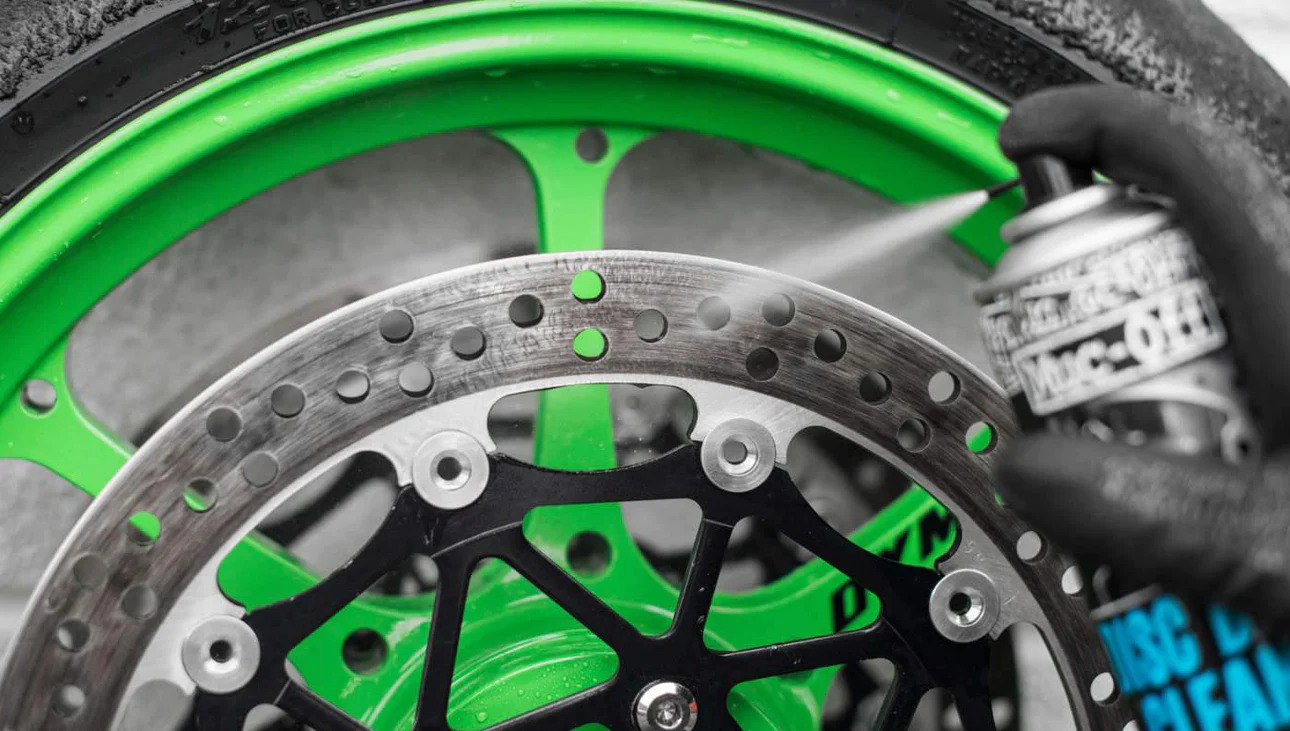

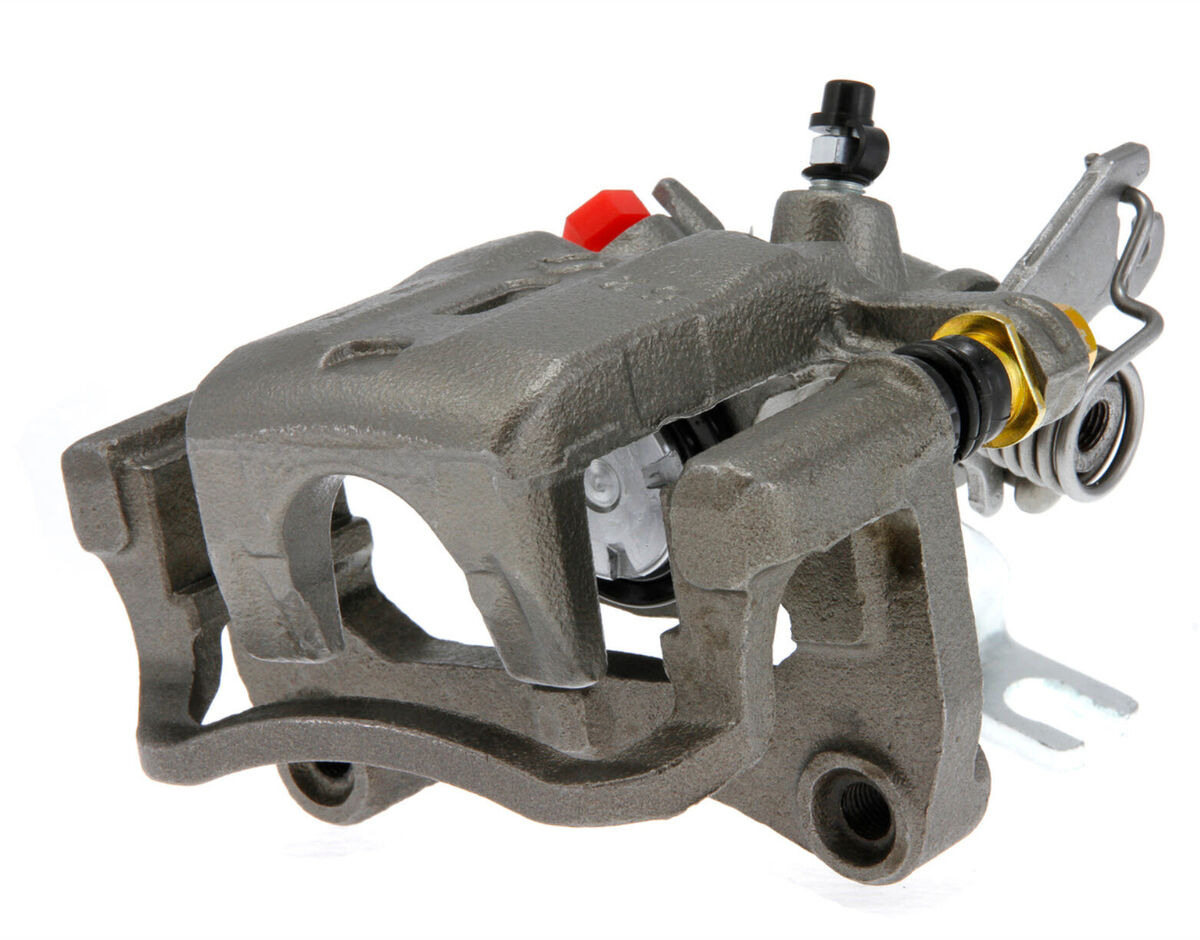



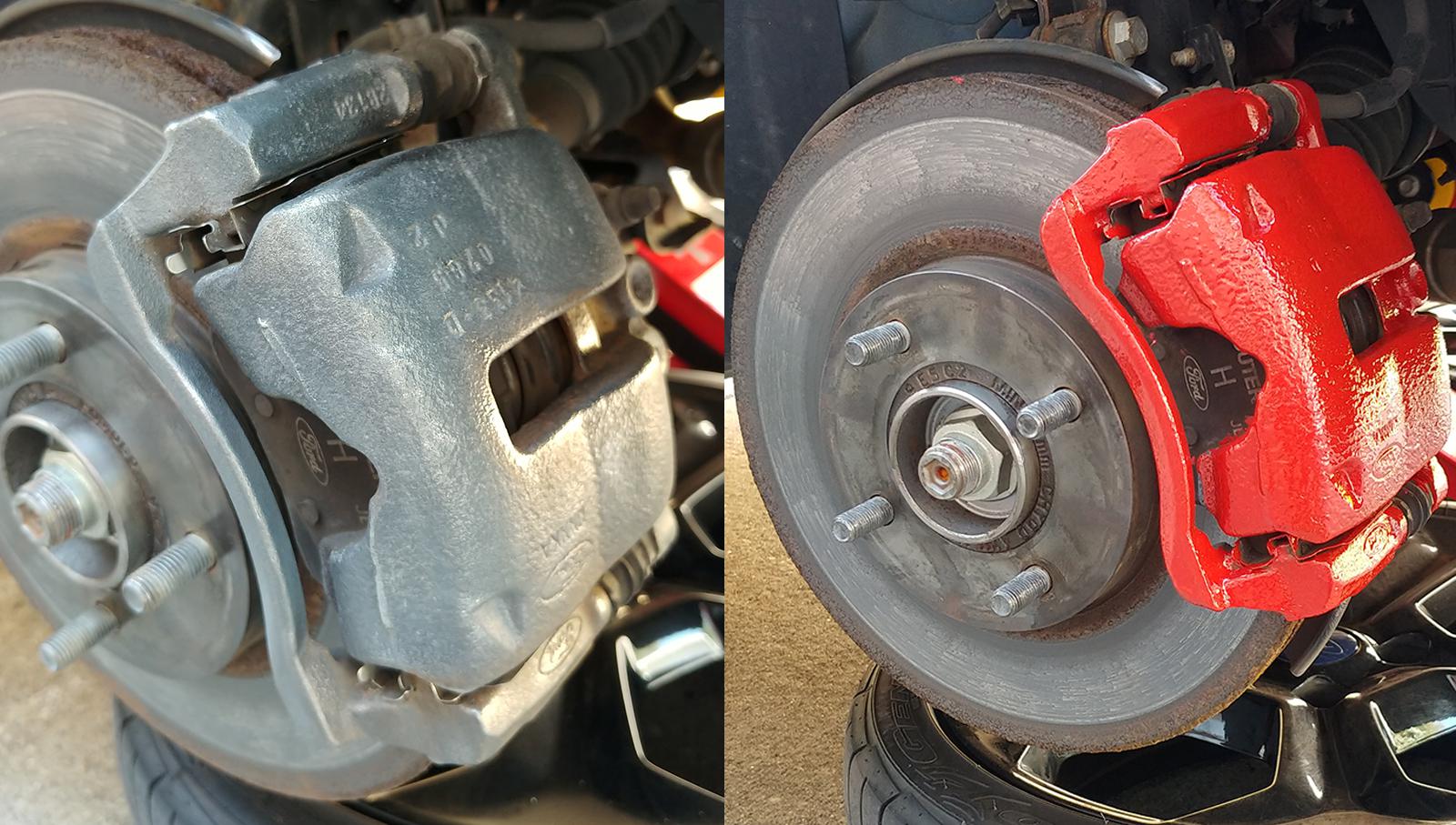
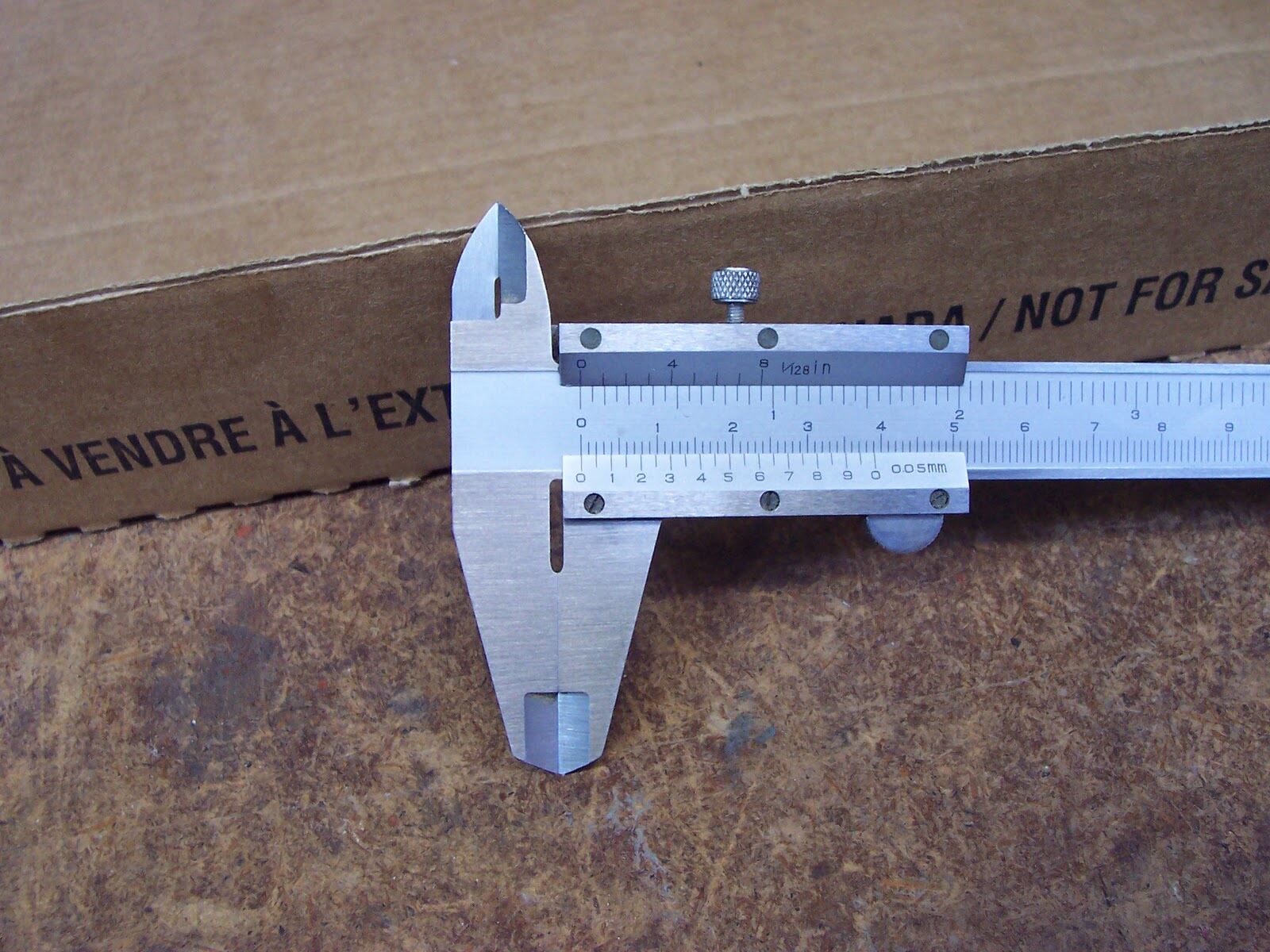



0 thoughts on “How Accurate Are Skinfold Calipers”